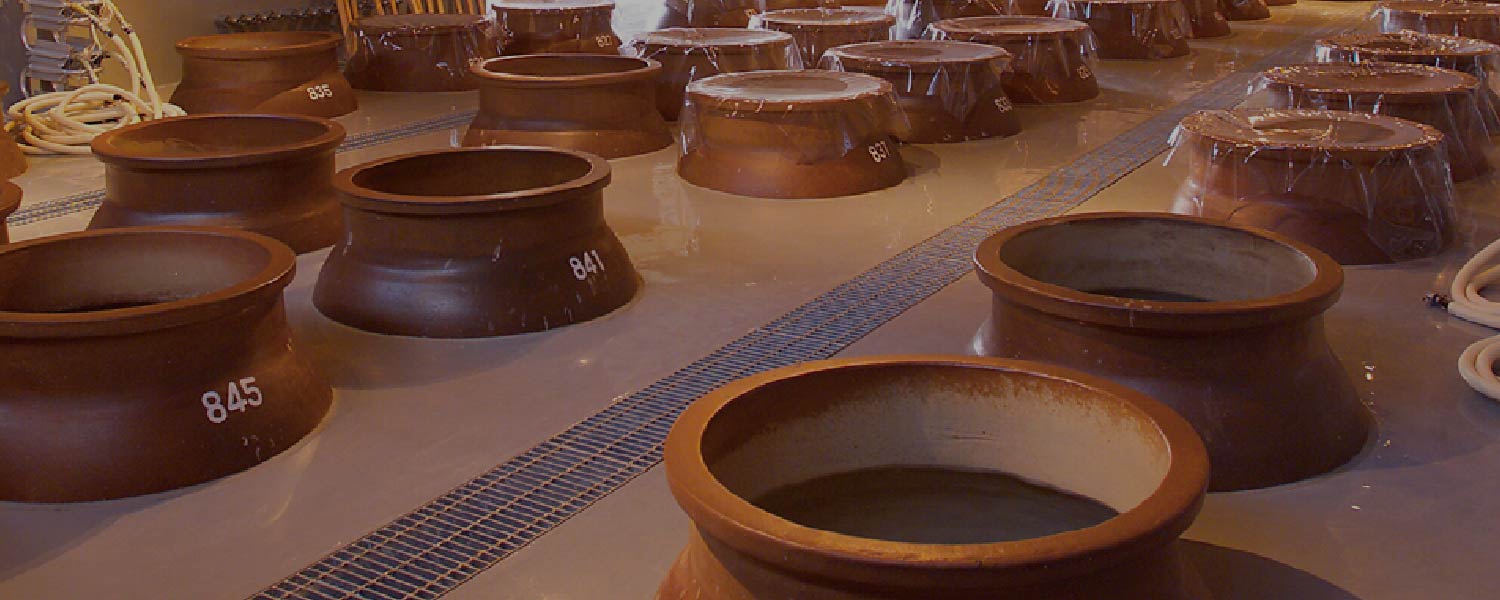After distillation, shochu undergoes filtration. After this process, all shochu sits in storage for a short period to develop deeper flavor and a smoother taste. While most shochu ships out for sale within a year of distillation, some distilleries age their products for three or more years. There is no legal obligation to indicate whether or not the product was aged on the label. However, products with long-term aging usually highlight the duration and/or method of aging on the bottle.






